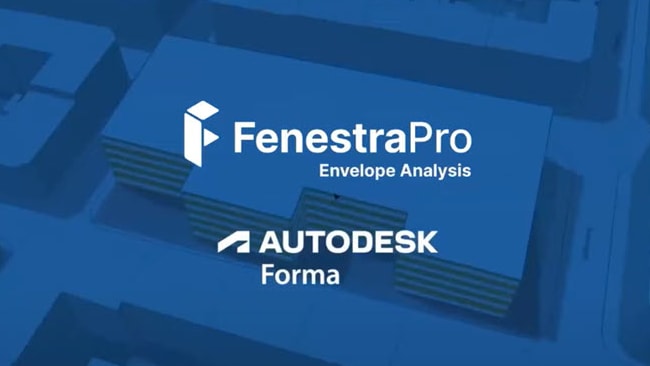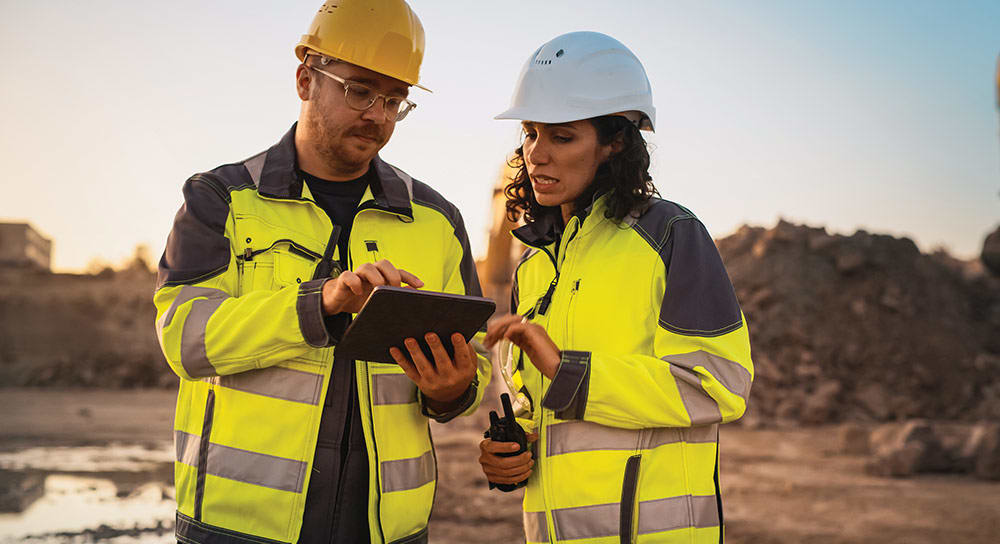
Introduction
The latest Autodesk Forma webinar provided an exciting update on new features and improvements, marking significant advancements in collaboration, building design, and analysis tools. Hosted by Autodesk, the session highlighted key enhancements and introduced new functionalities aimed at improving user experience and project outcomes.
Key Themes:
- Collaboration:
- New Whiteboard Tool - Forma Board: Integrates directly into the platform, allowing for seamless collaboration. Includes features like drawing tools, commenting, and deep linking to share views and analyses with team members.
- Improved Navigation: A new top-line menu for easier access to design, compare, and board functionalities.

- New Whiteboard Tool - Forma Board: Integrates directly into the platform, allowing for seamless collaboration. Includes features like drawing tools, commenting, and deep linking to share views and analyses with team members.
- Building Design:
- Enhanced Floor Plan and Unit Visualization: Provides more control over unit placement and function types.
- New Scheduling Features: Allows detailed breakdowns of unit types, facilitating better planning and analysis.
- Enhanced Floor Plan and Unit Visualization: Provides more control over unit placement and function types.
- Analysis Suite:
- Solar Energy Analysis: Now out of beta, offering insights into solar exposure for both energy generation and facade design optimization.
- Solar Energy Analysis: Now out of beta, offering insights into solar exposure for both energy generation and facade design optimization.
New Analysis View Modes: Enable pop-out windows for better context retention while working on designs.
New Features:
- Forma Board:
One of the best new features that got added to Forma is the forma board. It enhances the collaboration processas - Versatile Whiteboard Tool: For brainstorming and visual collaboration.
- Supports Snapshots, Live Views, Youtube Videos and URL References.
- Navigation and Analysis Improvements:
- Pop-out Analysis Views: Keep design context intact.
- Persistent Inspection Points: Between wind comfort and wind direction analyses.
- Building Visualization and Scheduling:
- Improved Unit Visualization: In both design and floor plan modes.
- New Scheduling Tools: For detailed unit analysis and CSV export.
- Solar Energy Analysis:
- Out of Beta: Provides detailed insights into solar exposure and potential for PV panel placement.

- App Store Integration:
- Merged Extension Store: Within Forma for easier access to third-party tools and add-ons.
- New Extensions: Like FenestraPro for envelope analysis and integration with local building codes.
- Embodied Carbon Analysis:
- Multi-select Feature: Change parameters across multiple buildings, facilitating quicker iteration and exploration of embodied carbon potential.
- Total Embodied Carbon Estimation: Based on geographic location, building type, and material inputs.
- Compliance with Emerging Regulations: Such as California's new embodied carbon requirements effective July 2023.
- Early-stage Material Selection Guidance: To reduce carbon footprint, aligning with global sustainability standards and regulations.
- Inspection Points Persistence:
- Persistent Inspection Points: Between wind comfort and wind direction analyses, allowing for continuous tracking and comparison of wind conditions at specific locations throughout the design process.
- Miscellaneous Updates:
- Custom Circles: For noise analysis.
- New User Onboarding: And persistent area metrics for zones and surfaces.
Integration Enhancements:
- Revit and Rhino Integration Updates: Include support for custom colors, better performance, and bug fixes.
- New Options: For creating mass families, defining mass floors, and handling generic models in Revit.
Spotlight on FenestraPro:
FenestraPro is a standout new extension in the Forma App Store, focusing on building envelope analysis. It offers:
- Synergy with Architectural Aesthetics and Energy Performance: Analyzes the building envelope, providing insights into how design choices affect performance.
- Visualization and Compliance: Visualize window-to-wall ratios and other key metrics directly on the model. Connects these metrics to construction specifications and local building codes, ensuring compliance.
- Global Relevance: Offers localized code compliance checks based on the project's geographic location, ensuring your design meets regional standards for energy efficiency.
- Free Integration: Currently available as a free integration, making it accessible for immediate use and feedback.

Connection with Autodesk Construction Cloud (ACC):
While Autodesk Forma offers extensive integration capabilities, it is important to note that "Forma is not connected to Autodesk Construction Cloud (ACC) yet." Users can still use ACC to store project files through manual uploads from Rhino or Revit, but direct integration is not available at this time.
Level of Detail (LOD) Considerations:
It’s crucial to understand that Forma is not intended for high LOD models. As mentioned in the webinar, "If you have a highly detailed model, don't send that to Forma. It's not what it's for, so get rid of your mullions, get rid of your overly detailed railings, and sort of get the parts of the geometry that you care about to Forma."
Analysis Data Sources:
A common question was, "Where does this platform take information from to make these analyses like sun, wind, and energy potential?" The answer provided was: "Every project in Forma is geo-referenced, which gives you your geographic location. Based on your geo-location, you'll be able to get a global wind atlas for local wind conditions. You can also upload your own wind files if you have those. Knowing where you are in the world, having the correct context of your project, such as buildings, terrain, and heights, gives you the correct sun conditions and energy potential."
Customer Question on PV Arrays Optimization:
A customer asked, "In a large scale Forma project with multiple building components and orientations, how does Autodesk software optimize the placement and configuration of PV arrays to maximize energy production and minimize shading impact while considering local solar radiance data?" The answer provided was: "You have a geo-referenced model which means you know where the sun is and how much sun you're getting. You also have local contextual data. That’s your starting point. When it comes to placement and configuration of PV arrays, that is an optimization question. You need a generative design algorithm. There are built-in generative design elements in Revit and Dynamo you can use to react to and optimize the PV panels. It’s not a built-in functionality in Forma yet, but you use the analysis within Forma and build on top to find a solar panel system."
Update on Rapid Operational Energy Analysis:
Discontinuation Notice: Autodesk announced that the Rapid Operational Energy Analysis beta will be discontinued on July 8th, 2024. While the analysis was useful, it could not scale with the increasing complexity of users' projects.
Background: The original machine learning model was trained on a dataset that represented building geometries typical of early Forma projects. As usage evolved towards more varied and complex models, the analysis struggled to maintain accuracy and reliability. Other rapid analyses, like Rapid Wind and Rapid Noise, are less affected due to their reliance on physics simulations, making them easier to retrain.
Next Steps: Autodesk will discontinue the current beta and focus on developing more flexible and accurate operational and total carbon analyses. These new tools will better address the evolving needs of Forma users. The operational energy analysis will be removed on July 8th, 2024. Updates on new developments will be shared as they become available.
Interim Solutions: In the meantime, users can test their designs with the Embodied Carbon analysis or use Revit with Insight for operational energy analysis. Autodesk acknowledges the disruption and apologizes for any inconvenience, assuring users of their commitment to continuous improvement.
Conclusion:
The June edition of Autodesk Forma updates brings a wealth of new features and improvements designed to enhance collaboration, streamline design processes, and provide deeper analytical insights. From the innovative Forma Board to detailed solar energy analysis and the powerful FenestraPro extension, these updates are set to empower users with more tools and flexibility for their projects. Additionally, the ecosystem expansion with new third-party integrations reflects Forma's commitment to offering a comprehensive and versatile platform.
Stay tuned for the next update in October, which will likely feature news from Autodesk University. In the meantime, explore these new features and see how they can enhance your design and collaboration efforts in Autodesk Forma.
About the Author
Follow on Linkedin More Content by Ahmed Abdalla























